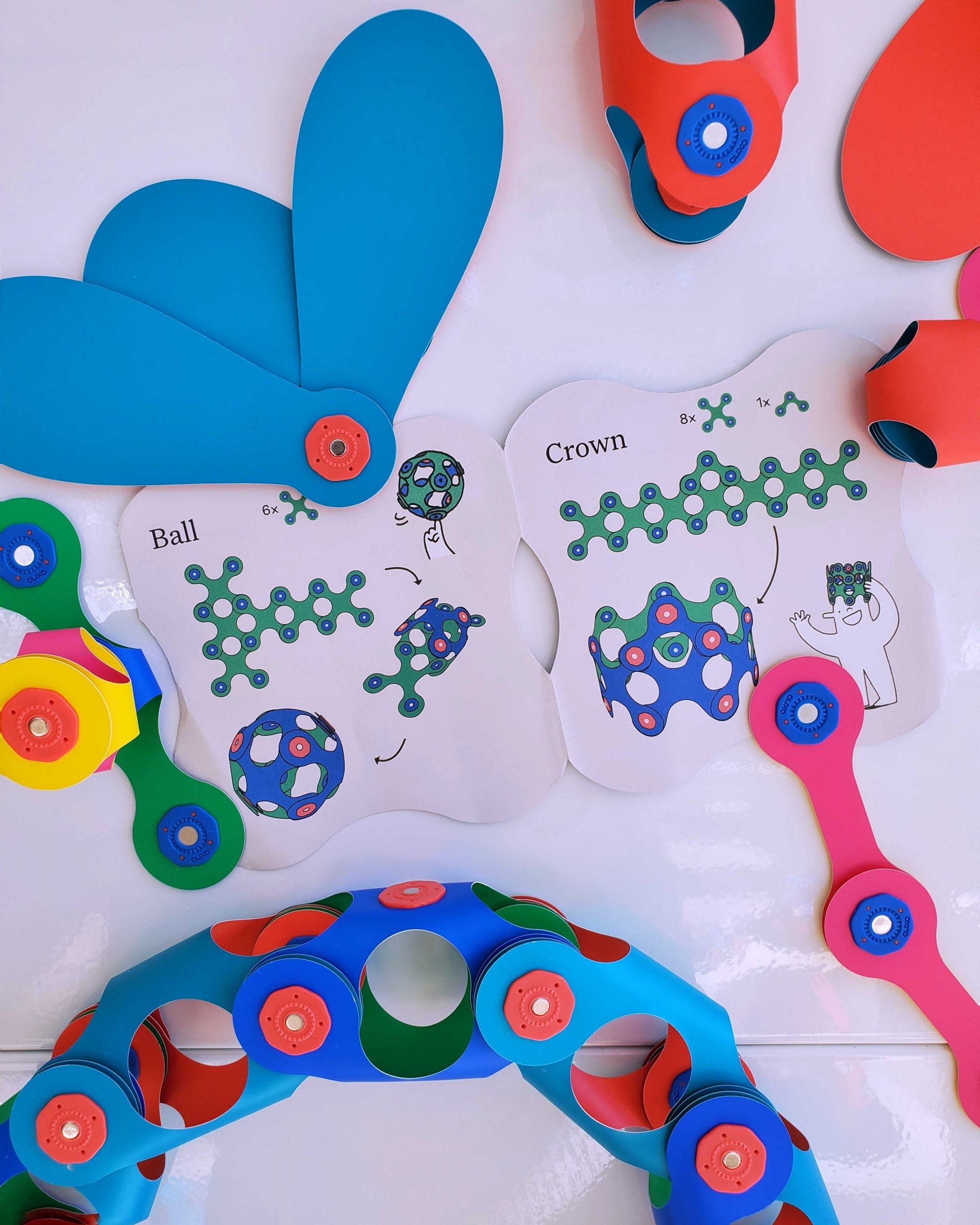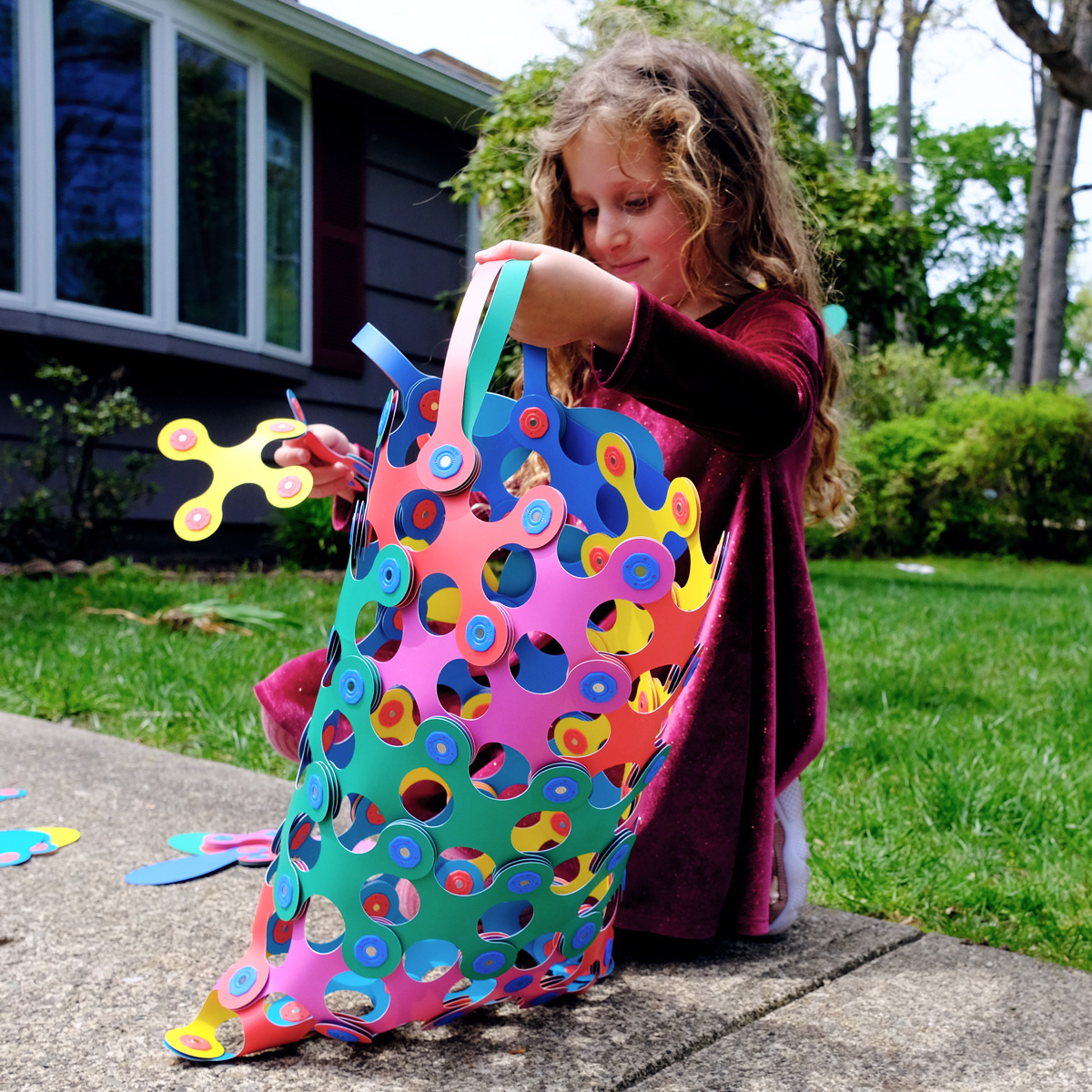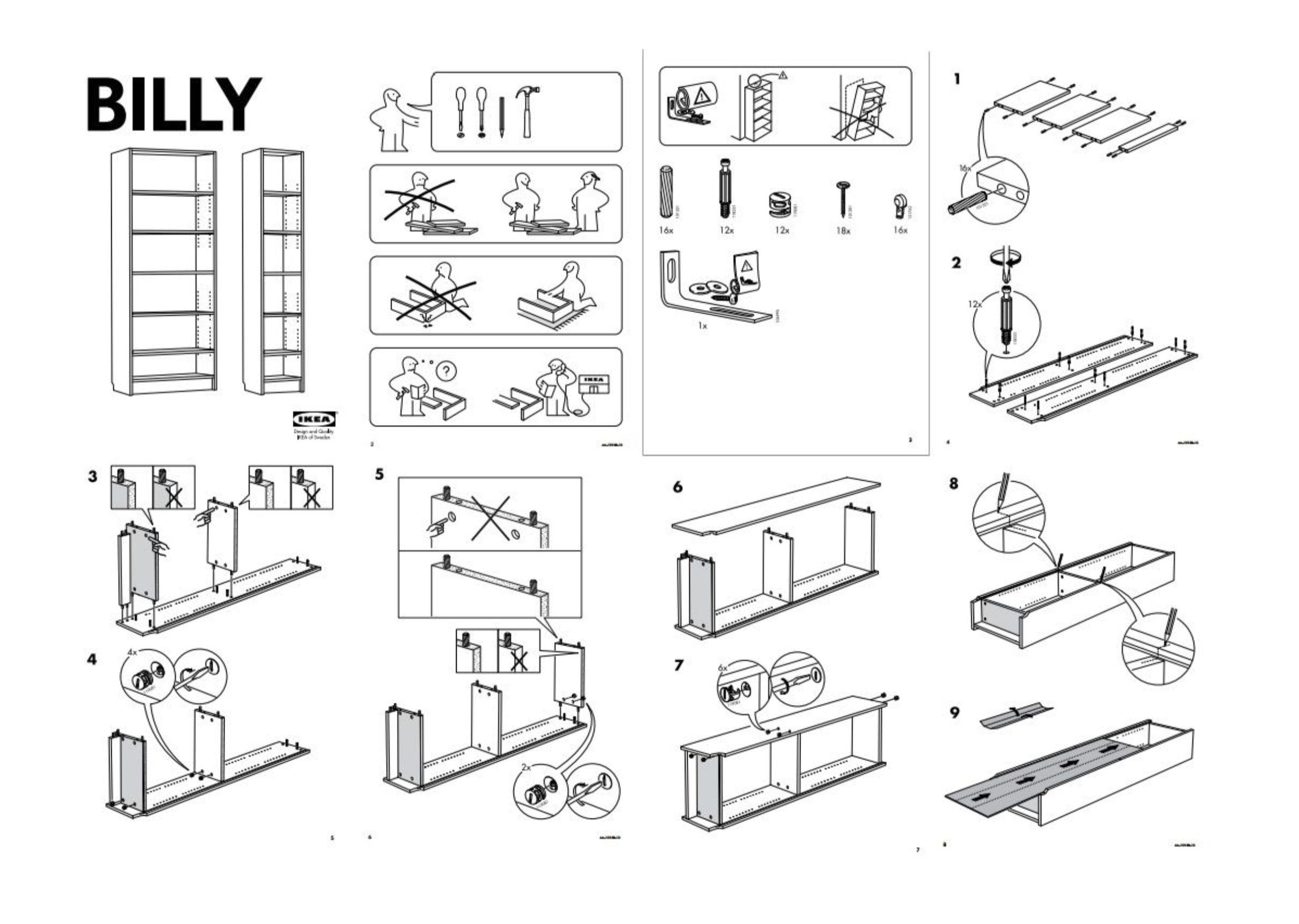An open letter to lovers of instruction booklets
Dear Friends,
I read an alarming article the other day.
In it, Gail Cornwall, a writer who specializes in writing about education and parenting, traces the rising attack on children’s autonomy through increasingly controlling parenting models. She writes, “In recent decades, constantly monitoring and directing kids, or scheduling them to be monitored and directed, not only became the norm for parents who can afford it, but the model of parenting. Indeed, research indicates parents across the class spectrum now consider it the ideal way to parent.”
But what are the costs of this trend? The list is long.
First off, research shows that it increases a sense of helplessness and decreases the growth of agency and resilience. Helicopter parenting has also been linked to depression, anxiety, and lower levels of self-advocacy.
Now, I’m not a trained expert in parenting, but I have spent over two decades teaching design, working in the toy industry, and developing a philosophy around play. .
I can say with complete and unequivocal confidence: attempting to control children’s play is not only counter-productive, but actually damaging to creativity.

Why? Simply put, children are better positioned to be the masters and guiders of play than we are. When we, as adults, try to control what they do, we are superimposing our much more rigid, limited way of thinking on them. We are doing them a disservice.
You may be asking at this point, what does this have to do with instruction booklets?
Basically, we don’t believe in traditional instruction booklets. Too often, instruction booklets are simply a way for adults to push their way of thinking onto children. However, we received some feedback over the holidays, in which some parents wished Clixo came with more intensive instructions, and so I decided to write an open letter to all you skeptics out there.
The question I would like us to begin with is: “Why do you wish there was an instruction booklet?”
I won’t pretend to know your exact reasoning, but I bet it falls under the following kind of logic. You might think that it’s cheap or lazy to not give children guidance on a toy you just bought. In the absence of extensive instructions, the weight will fall on your shoulders to tell them what to do with it, and isn’t the whole point of a toy that it makes your job as a parent easier, not more difficult?
Let me assure you, the minimalist booklet that comes with Clixo is very intentional, and serves a specific purpose.

As you can see above, it’s not that Clixo arrives with nothing, but that we have very intentionally provided just enough guidance to kickstart creativity, but not so much as to control it.
One of the core design elements of Clixo is that it is an intuitive toy. We went through over a thousand prototypes to find a base shape that signals in a very obvious way how to connect Clixo pieces to themselves and other pieces. This does enormous work to lower the barrier of entry for children. Instead of unwrapping a complex set of pieces that require forethought, reading, and ‘understanding’ in order to begin, children can jump right into creating.

This allows them to follow their creative intuition, rather than be corralled from the start by an adult’s opinion on how they should start.
I can’t tell you how many genius creations I’ve observed come out of children when they were first handed Clixo–many of the creations that have now come to be classics in the Clixo vocabulary were sparked by children thinking outside the box.

Not only does this allow kids to start more quickly and naturally, but it also creates a safe, non-judgemental space for creation, right from the start. The natural by-product of rigid instructions is that they force a binary distinction between a ‘right’ way of doing things, and a ‘wrong’ way of doing things. In line with the research around helicopter parenting, making these strict judgements seriously hinders creativity, but even more concerningly, it has a negative impact on childrens’ development of autonomy and confidence in self-expression.
Now, there is of course a time and a place for instructions. If you are putting together a piece of Ikea furniture, for example, it’s pretty critical that you assemble the pieces in the right way, in order for the furniture to be functional.
But what’s the point in determining what a child ought to create from the start? At best, they will execute it accurately, and that will be the end of it. When children are forced to create in a certain way, they are unlikely to be inspired or excited to make future creations. It increases their self consciously and anxiety to compare themselves with others, or to keep their creations inside the ‘typical’ box. After all, toys don’t serve a functional purpose–if you’re trying to build a couch, get furniture. If you’re trying to decorate with static models, buy a model set.
If we are being totally honest, kids aren’t the ones who want instruction manuals. It’s parents who want them.
I don’t say this as an accusation, but as a gentle reminder that the discomfort is a natural part of the process. It’s okay to worry that your child will be bored or won’t know how to have fun within the semi-constraints of an open-ended play system. But ultimately, working through that discomfort is your responsibility as a parent, because in doing so you will be protecting and encouraging your child to thrive creatively.
At Clixo, we strive to always hit the sweet spot of constraint. In fact, this is one of our five pillars of play philosophy. This means creating an ever-expanding catalogue of challenges for our Clixo community, so that there are sparks of inspiration available, but never rigid guidelines. It’s the difference between leading with instructions versus allowing the community to come seek inspiration, should they want it.
In other words, it’s the difference between deciding how play should be, and giving you all the tools to create the best form of play for yourself.
Happy playing,
Assaf